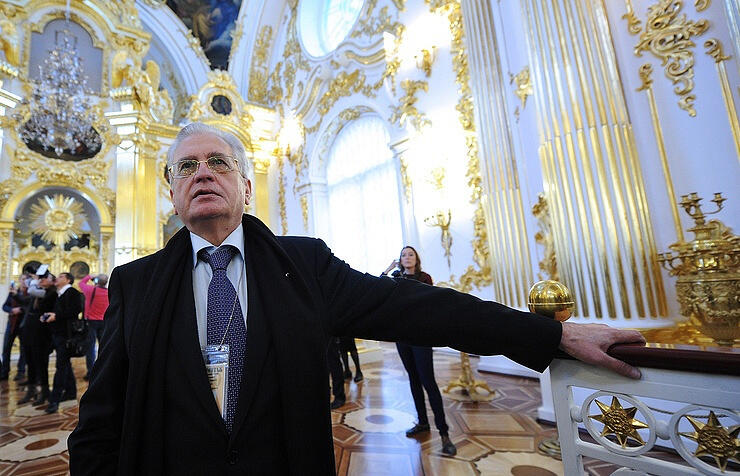Unscrupulous tour guides taking groups of tourists around the State Hermitage Museum often concoct stories from the private lives of Russian czars in order to curry more favors with their customers, the museum’s Director General, Dr. Mikhail Piotrovsky told TASS.
“I often hear tour guides – the ones who are not on the staff of our museum, of course – talk bunk in order to play to the interests of their audiences,” he said. “They start recounting some love stories from the czars’ lives, in which they flounder.”
“I think now in the wake of the film ‘Mathilda’ (by the Russian filmmaker Alexei Uchitel, mentioning a love affair of the would-be Emperor Nicholas II and the Mariinsky theater prima ballerina Mathilda Kschessinskaya – TASS) we’re heading for loads of stories about Kschessinskaya,” Dr. Piortovsky said.
He confirmed a mass of complaints over the activity of the guides escorting Chinese tour groups. These complaints come from executives of the Russian tourist industry.
“We have a shortage of Chinese-speaking tour guides (on the nationwide scale in Russia – TASS) and that’s why they prefer taking along their own guides, many of them insufficiently qualified for the job,” Dr. Piotrovsky said.
Still the Russian guides who are not permanent staff-members of the Hermitage Museum quite frequently make as many blunders in their stories, he said.
According to Dr. Piotrovsky, the interests of tourists from different countries differ considerably as they do sightseeing in the Hermitage Museum. For instance, the Chinese tourists take much more interest in Oriental arts and the history of the Russian revolutions (of 1905, February/March 1917 and October/November 1917 – TASS).
On the other hand, visitors from China are keen to learn more details about Russian history and to see the Hermitage Museum as a compound.
“In practice, experience and some opinion polls show most people who come to the Hermitage Museum have interest in the palaces and czars, not in Rembrandts or Matisses,” Dr. Piotrovsky said. “Some are more interested in the golden frames (of canvasses) or in the floors but everyone has common interest in one thing – the brand that’s called the State Hermitage Museum.”
He admitted the presence of a great gap between the brand and the museums as institutions of culture.
Source: TASS











